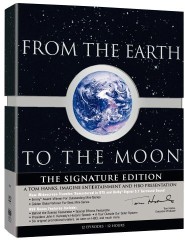Precisely polar aligned
Last Friday’s observing session was the first at our new location in the field behind Jennifer’s high school. It was notable for two things. One was the sheer amount of dew that accumulated in a short period of time: everything was soaked, and even the eyepieces were getting fogged. Temperatures dropped quickly that night, and even I was cold at the end of it.
The other was that it was the first time I used the HEQ5 Pro’s polar axis scope to attempt a more precise polar alignment. With a polar axis scope, you make your equatorial mount’s polar alignment more precise by lining up Polaris inside its circle in the reticle. First you have to get Polaris in the field of view, then approximate the positions of Ursa Major and Cassiopeia in the sky (they’re in the reticle, but you look outside the scope to see where they are) and use the mount’s altitude and azimuth adjustments to get the star where it should be. It was, in the end, easier than I thought.
Computer alignment misfired on the first attempt (it kept wanting to point the telescope toward the ground), but succeeded when I reversed the telescope in the mount (screws on the right this time) and started with it pointing north. After that, the mount was scary accurate, putting everything I wanted to look at dead-centre in the eyepiece (admittedly, I was using a 30mm eyepiece, which provided a wide field of view and would therefore forgive slight tracking errors, but still) and, more importantly, keeping it there for long periods of time. I honestly could have done some astrophotography with that alignment, but Friday was more for testing out the new location and working on my polar alignment — both of which were a great success.
Of course, I also saw a few things in the telescope, which was nice too.


 Amazon.ca is having a sale on DVDs right now, and I notice that one of my favourite TV miniseries,
Amazon.ca is having a sale on DVDs right now, and I notice that one of my favourite TV miniseries,